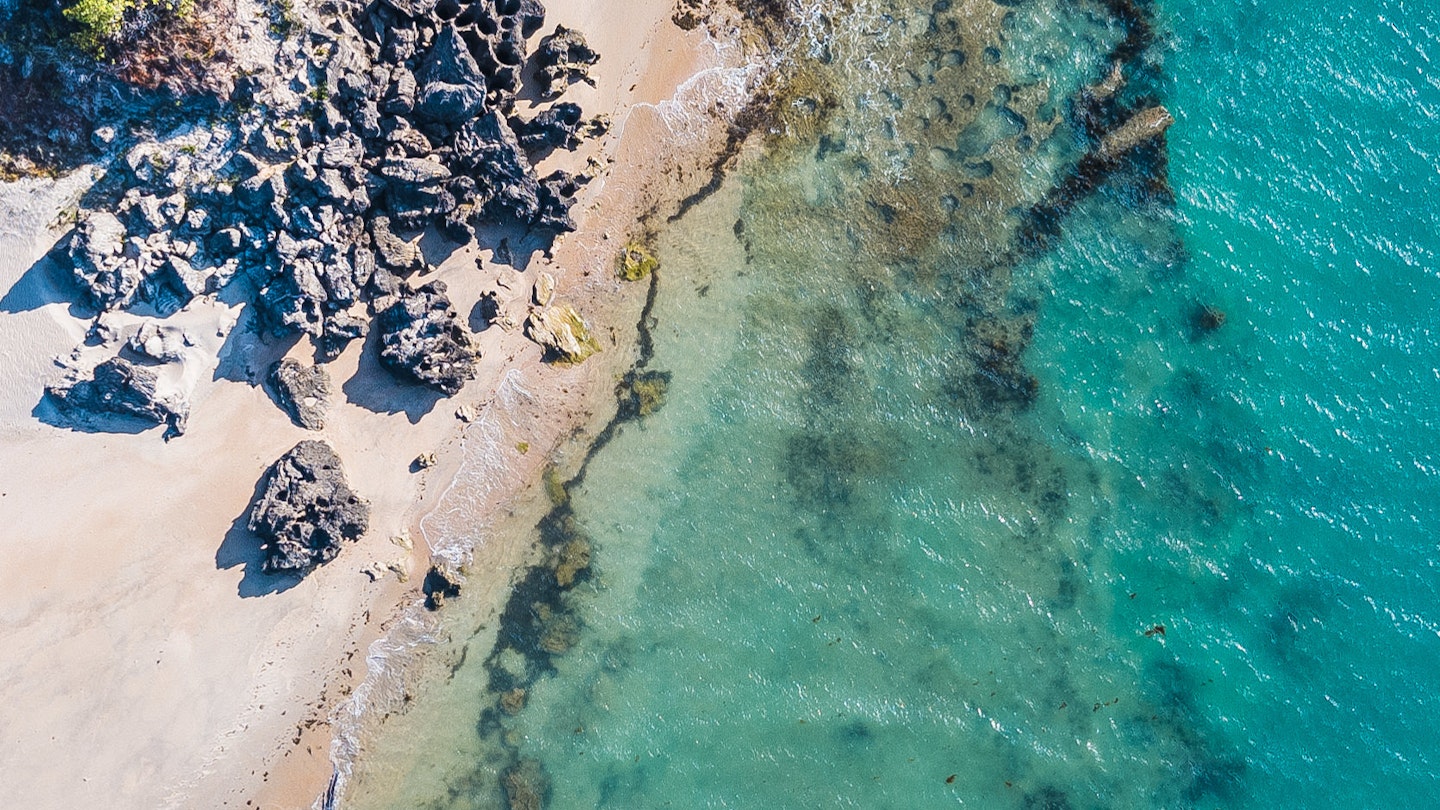Enhancing Your Travel Photography with Drones in Australia
Drones have revolutionized travel photography by offering unique textures, compositions, and stunning perspectives. Australia, with its diverse and picturesque landscapes, is an exceptional location for aerial photography. From the vivid red-dirt horizons of the Outback to the mesmerizing patterns of the Great Barrier Reef beneath sparkling aquamarine waters, there are countless opportunities to capture breathtaking images. However, before you soar, it’s crucial to understand that drone usage in Australia is highly regulated, and adhering to specific rules is vital.
The Rules for Flying Drones in Australia
The Civil Aviation Safety Authority (CASA) oversees drone regulations in Australia, and their DroneFlyer website outlines essential guidelines. Violating these regulations can result in penalties of up to $9000.
The key CASA rules for flying small recreational drones are:
- You may only fly during daylight hours while keeping the drone within your line of sight.
- Flying in adverse weather conditions or through clouds is prohibited.
- You are allowed to operate only one drone at a time.
- Flying over gatherings of people (such as at festivals, crowded beaches, streets, and sporting events) or within 30 meters of individuals (unless they are involved in operating the drone) is not permitted.
- Maintain an altitude below 120 meters (400 feet).
- You must avoid flying near emergency services, such as bushfires, police, or rescue operations.
- Staying 5.5 kilometers away from controlled aerodromes (like airports) is mandatory, and you must land if an aircraft approaches.
These rules apply to recreational users. If your intent is commercially driven, such as selling photos or earning money via uploads on platforms like YouTube, you will require an aviation reference number and must inform CASA before your flight. Certain cases may necessitate licensing and certification. For additional information, refer to CASA.
Where You Can Fly Your Drone
Before launching your drone, it’s essential to identify a suitable location. Start by downloading CASA’s useful app – Can I Fly There? – which provides location-specific guidance across the country.
However, remember that the CASA app does not encompass all drone restrictions in Australia. For instance, state laws dictate drone usage in national parks, near wildlife, and regarding privacy concerns.
Many urban areas in Australia have stringent restrictions on drone usage, making it challenging to capture iconic shots. For example, Sydney Harbour is a notable no-fly zone.
Even in more remote wilderness areas, drone regulations persist. Most national parks impose heightened restrictions on drone use. For instance, South Australian national parks grant drone permits exclusively for scientific research and commercial filming, while in NSW national parks, you must obtain permission from the park manager prior to flying. It’s advisable to consult national park staff upon entry.
Privacy Considerations
Privacy is another crucial consideration when it comes to drone use. While Australia’s national privacy laws primarily target large organizations, certain states have specific privacy, trespass, and anti-stalking regulations that may apply if you infringe on someone’s privacy by taking photos of them without consent or flying over private property.
Furthermore, it’s vital to respect wildlife as well. State laws may require drones to stay at least 100 meters away from protected marine life like whales, dolphins, or dugongs.
So Where Can You Fly a Drone in Australia?
While numerous areas in Australia prohibit drone flying, the vast expanse of the country offers a multitude of incredible locations where drone photography is allowed, provided you adhere to the CASA guidelines. Here are some prime spots:
- The desert – Capture stunning shots of uninterrupted straight roads across the vibrant red dirt.
- The Great Barrier Reef – Queensland boasts the most lenient drone laws, allowing you to film picturesque reef-encrusted islands from above.
- The bush – Revel in sweeping panoramas from rainforest canopies to vast saltbush landscapes, all gaining depth from the air.
- The beach – Enjoy vast stretches of Australia’s 36,000 km coastline, often deserted and devoid of restrictions for drone flying.
- Lakes and rivers – The striking pink and white scenery of Australia’s salt lakes, alongside the majesty of its rivers, waterfalls, and winding billabongs, provide breathtaking aerial subjects.
Making the Most of Drone Photography in Australia
Much like traditional photography, the key to successful drone photography lies in mastering the light. The harsh midday sun in Australia can be unfavorable, so aim for the ‘magic hour,’ which encompasses the hours just after sunrise or before sunset.
During these times, colors will appear more vibrant, creating stunning contrasts and elongated shadows. The low sunlight is particularly effective for photographing forested or aquatic scenes, which are abundant in Australia.
If you plan to shoot at different times throughout the day, consider investing in ND filters to minimize glare from the sun.
Top Five Tips for Drone Flying in Australia
- Venture out of urban centers to experience fewer restrictions on drone usage.
- Keep your drone batteries in your carry-on luggage, as lithium batteries are typically prohibited in checked baggage on most airlines.
- Bring extra supplies, such as propellers, as replacements can be tedious to manage while traveling.
- Always seek consent before recording individuals; non-compliance may lead to legal repercussions.
- Utilize ND filters to reduce the glare caused by Australia’s intense sunlight!
Find Inspiration for Your Aerial Photography
Explore a selection of inspiring Instagram accounts dedicated to aerial photography:





